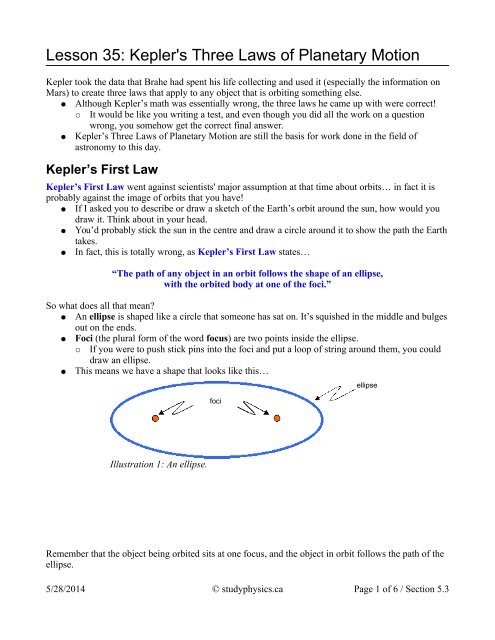who collected the accurate orbital data on planetary motions?
Keplers efforts to explain the underlying reasons for such planetary motions were no longer accepted. These data sets will include the proper elements and dynamical families.
 |
| Whose Revolution Copernicus Brahe Kepler Modeling The Cosmos Articles And Essays Finding Our Place In The Cosmos From Galileo To Sagan And Beyond Digital Collections Library Of Congress |
213 Evidence That Planets Form around Other Stars.

. Who collected the accurate orbital data on planetary motions a Aristotle b Brahe from ASTR 1P01 at Brock University. Kepler worked with Tycho Brahe whose contribution to astronomy was to collect empirical measurements with much greater accuracy than had been achieved previously. Kepler was able to summarize the carefully collected data of his mentor - Tycho Brahe - with three statements that described the motion of planets in a sun-centered solar system. Planetary Orbits Ephemerides Horizons.
While the spacing of the planets is to scale the size of the planets is not. Kepler initially assumed that the orbits of planets were circles but doing so did not allow him to find orbits that were consistent with Brahes observations. 214 Planets beyond the Solar System. He was able to summarize the carefully collected data of his mentor.
The quickest way to get your feet wet is to use the python package Skyfield which can load and read ephemerides for you and give you both x y z positions in space and relative. 212 The HR Diagram and the Study of Stellar Evolution. We will observe these planets and form a detailed picture of their --. The Horizons service offers comprehensive access to the positions and other information on solar system objects including the Sun planets.
Kepler made use of the extensive and incredibly accurate astronomical tables that Tycho had compiled through decades of work and arrived at a set of laws describing the. As of this release MESSENGER will have delivered 11 terabytes of raw and calibrated data to the PDS including more than 30000 images of which over 18000 are from orbit. The first animation shows the orbit of the inner planets and the second shows the full solar system. Thus it has the highest orbital speed averaging 48 kilometers per second.
These data sets contain derived data relating to the orbits of objects. At the opposite extreme. It was Johannes Kepler 15711630 who - based on the precise astronomical data of astronomer Tycho de Brahe - analysed the trajectories of planets starting with Mars. In Fall 2005 two planets -- Venus and Mars -- will outshine all others in the night sky.
He reasoned that Mars took 687 days to orbit the sun but earth only 365. Kepler used his data to find the orbit of Mars. Tycho had the most accurate observations of the positions of the planets. In this paper we exploit the latest accurate data on planetary orbit determination 1i n order to constraint the amount of dark matter presen t in the Solar System.
In this paper we investigate the effects that an anomalous acceleration as that experienced by the Pioneer spacecraft after they passed the 20 AU threshold would induce on the orbital motions. Working with the data for Mars he. According to Keplers laws Mercury must have the shortest orbital period 88 Earth-days.
 |
| At Home Stem Activities Kepler S Laws Of Planetary Motion And Diy Gravity Well Mcauliffe Shepard Discovery Center |
 |
| Kepler S Laws Of Planetary Motion Wikipedia |
 |
| Lecture 2 Orbital Motions |
 |
| 13 5 Kepler S Laws Of Planetary Motion University Physics Volume 1 |
 |
| Kepler |
Posting Komentar untuk "who collected the accurate orbital data on planetary motions?"